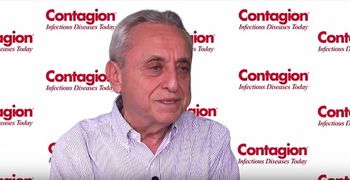
Pedro Cahn, MD, explains the new formulation of raltegravir HD.
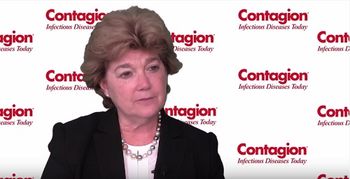
Kathleen Squires, MD, explains how HIV treatment has changed since the 1980s.
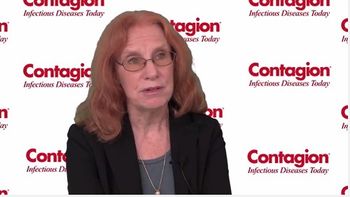
Lynne Mofenson, MD, shares an update on the health burden of mother-to-child transmission (MTCT) of HIV.
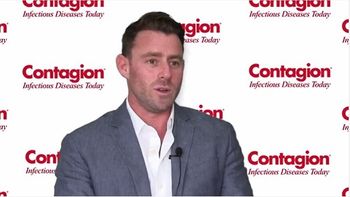
Jake Glaser discusses how generating interest for the response to HIV and AIDS has changed since the 1990s.
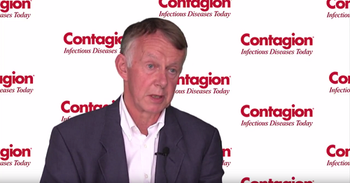
Peter Williams, PhD, discusses the LATTE-2 trial for HIV treatment.
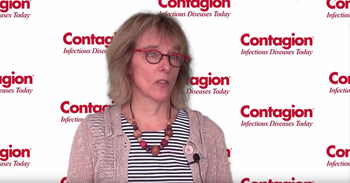
Magda Opsomer, MD, explains why darunavir may be more beneficial than other HIV medications.
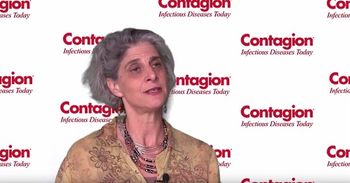
Ariane van der Straten, PhD, MPH, explains the different attributes of administering pre-exposure prophylaxis via a HIV biomedical implant.

Leah Johnson, PhD, discusses the biomedical HIV prevention implant that is being developed by RTI International.

Kenneth Mayer, MD, explains why tenofovir alafenamide may be the future of pre-exposure prophylaxis.

Arjun Srinivasan, MD, stresses the importance of surgical teams speaking up if they have safety concerns regarding procedure in operating rooms.
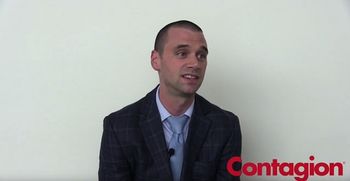
Jason Pogue, PharmD, BCPS-ID, explains his team’s study regarding the susceptibility of Pseudomonas isolates to ceftolozane/tazobactam.
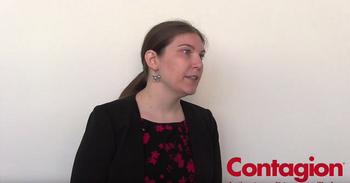
Milena McLaughlin, PharmD, MSc, explains the best way to determine an alternative agent during a drug shortage.
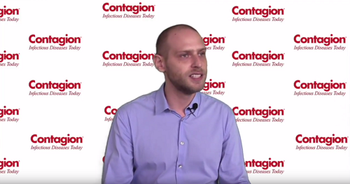
Caetano Sabino, BSc, discusses how antimicrobial photodynamic therapy could be used to complement antimicrobial chemotherapy in order to manage drug-resistant infections.

Jason Gallagher, PharmD, BCPS, FCCP, FIDSA, explains how restrictions on commercial automated susceptibility testing can affect patient care.
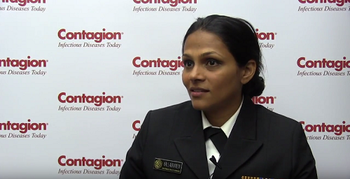
Snigdha Vallabhaneni, MD, MPH, recommends ways for caretakers to protect themselves from acquiring Candida auris.
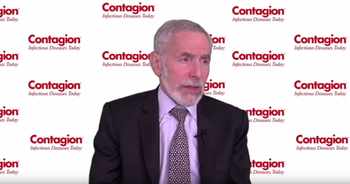
Kenneth Mayer, MD, discusses new therapies that may have a positive impact on pre-exposure prophylaxis adherence and treatment.

Arjun Srinivasan, MD, shares how to focus your efforts for infectious disease outbreak investigations.

Benjamin Young, MD, PhD, explains the Fast-Track Cities initiative.
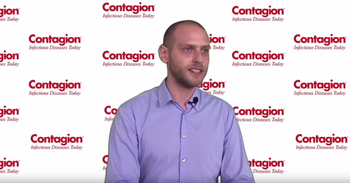
Caetano P. Sabino, BSc, PhD Student, explains if photodynamic therapy a cost-effective treatment option.
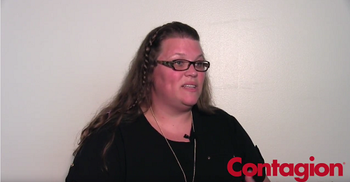
Meghan Jeffres, PharmD, explains the importance of discussing cross-reactivity among beta-lactams.
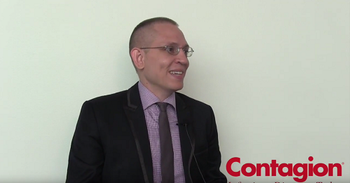
Otto Schwake, PhD, discusses the findings of his team’s study exploring Legionella in car washer fluid.
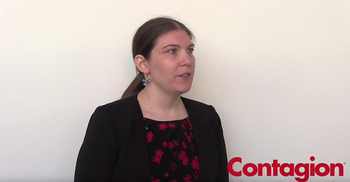
Milena McLaughlin, PharmD, MSc, explains different strategies institutions can take to obtain antimicrobials that are on shortage.

Arjun Srinivasan, MD, stresses the importance of making outbreak investigations a team effort.
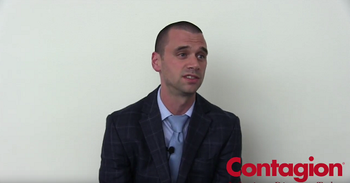
Jason Pogue, PharmD, BCPS-ID, explains the limitations of the current drugs for the treatment of Pseudomonas aeruginosa infections.
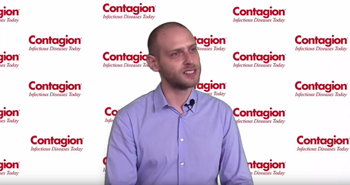
Caetano Sabino, BSc, explains how photodynamic therapy can be used to challenge microbial resistance of localized infections.
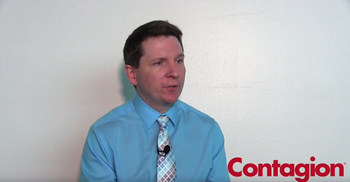
Conan MacDougall, PharmD, explains what individuals should consider when it comes to adopting interventions in antibiotic stewardship programs.

Otto Schwake, PhD, discusses how he and his team sought to validate their hypothesis regarding climate and Legionella presence in car washer fluid.
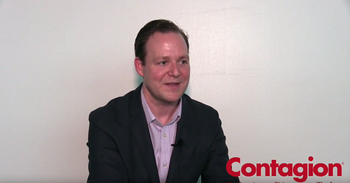
Jason Gallagher, PharmD, BCPS, FCCP, FIDSA, explains how the role of antimicrobial susceptibility tests can be undermined by delays between approval of new antibiotics and the tests that will optimize their use.
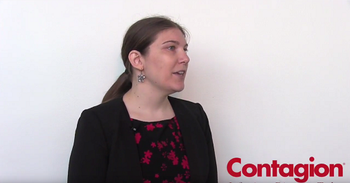
Milena McLaughlin, PharmD, MSc, explains the key points that should be incorporated into institutional plans for dealing with antimicrobial shortages.

Snigdha Vallabhaneni, MD, MPH, discusses the drugs available to treat Candida infections.